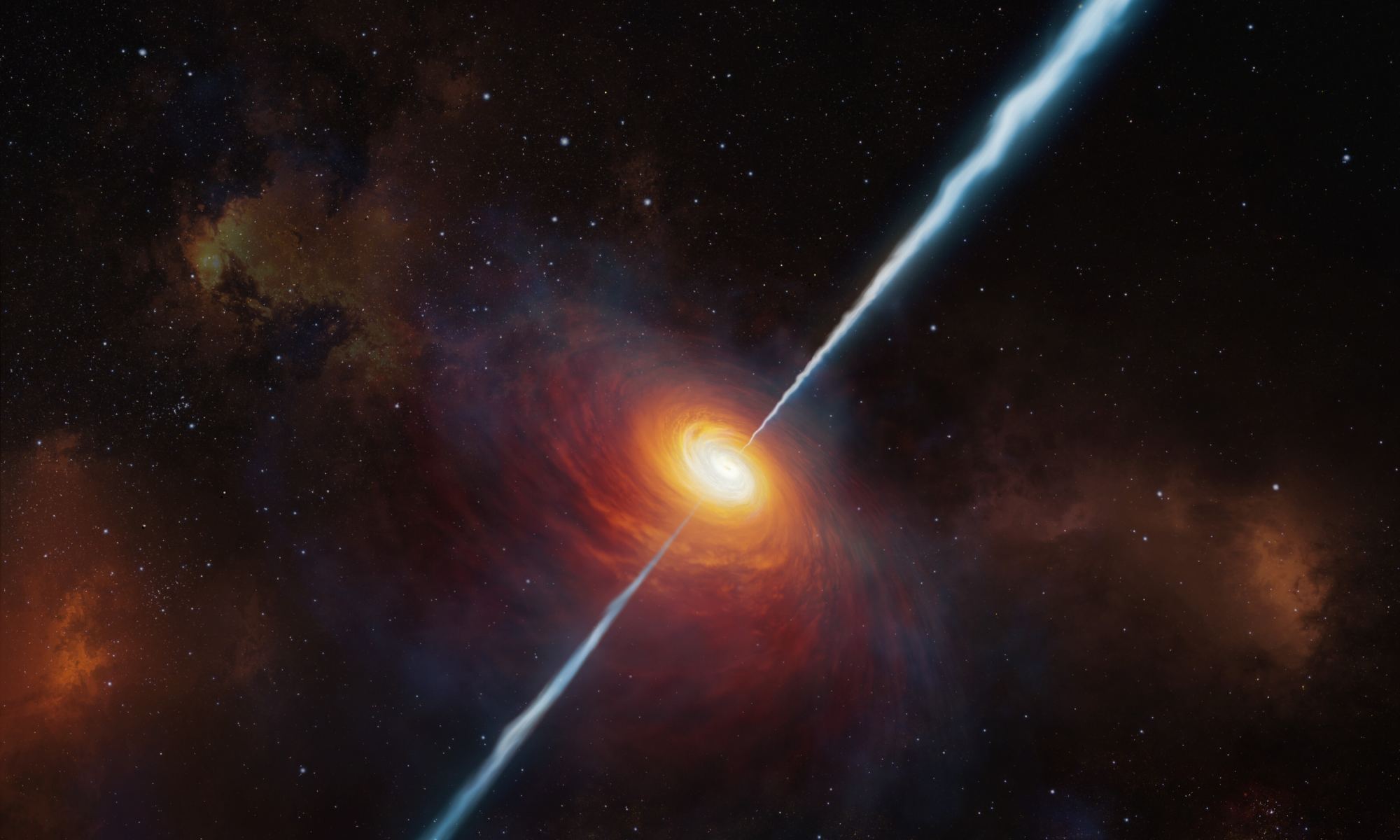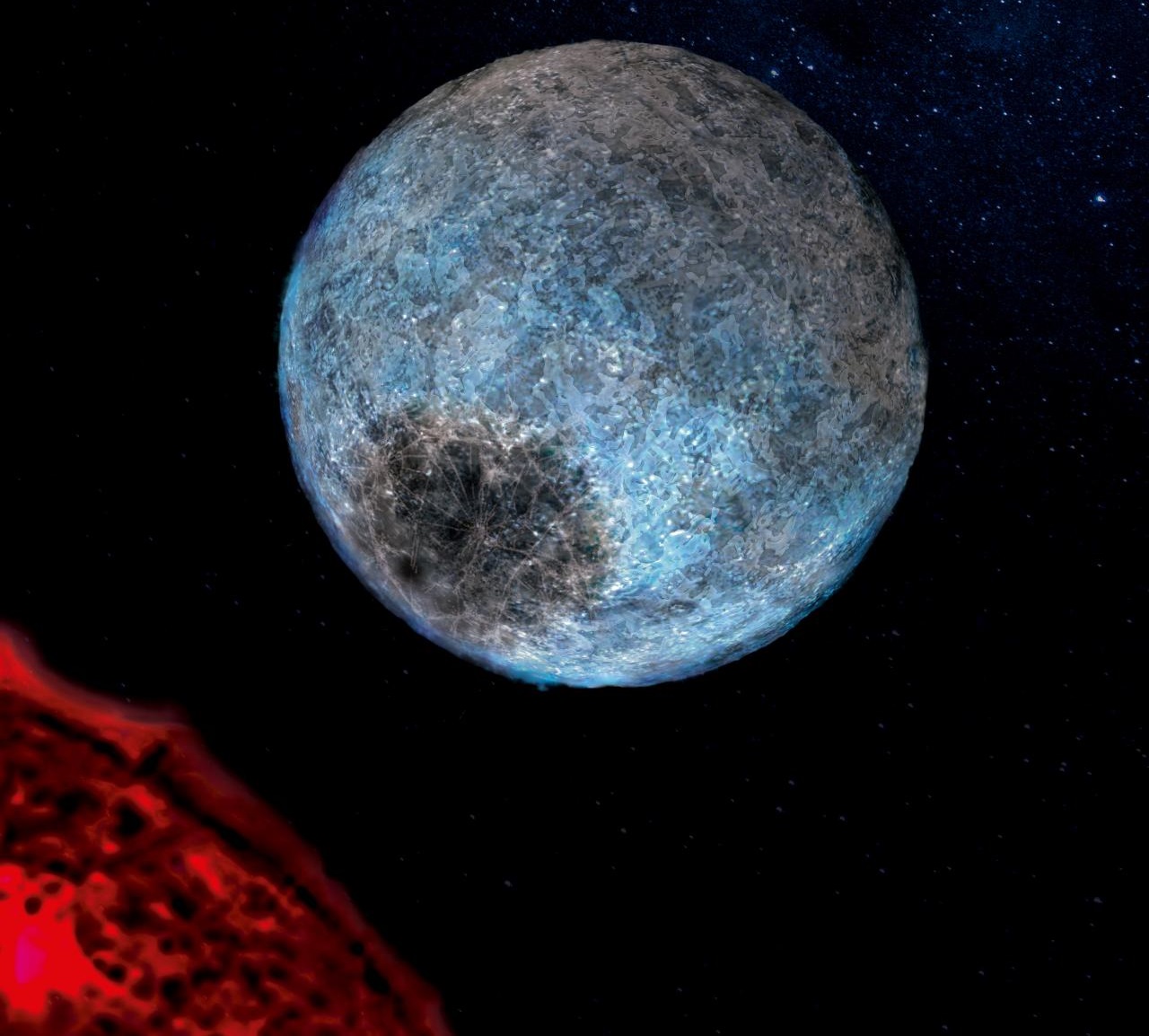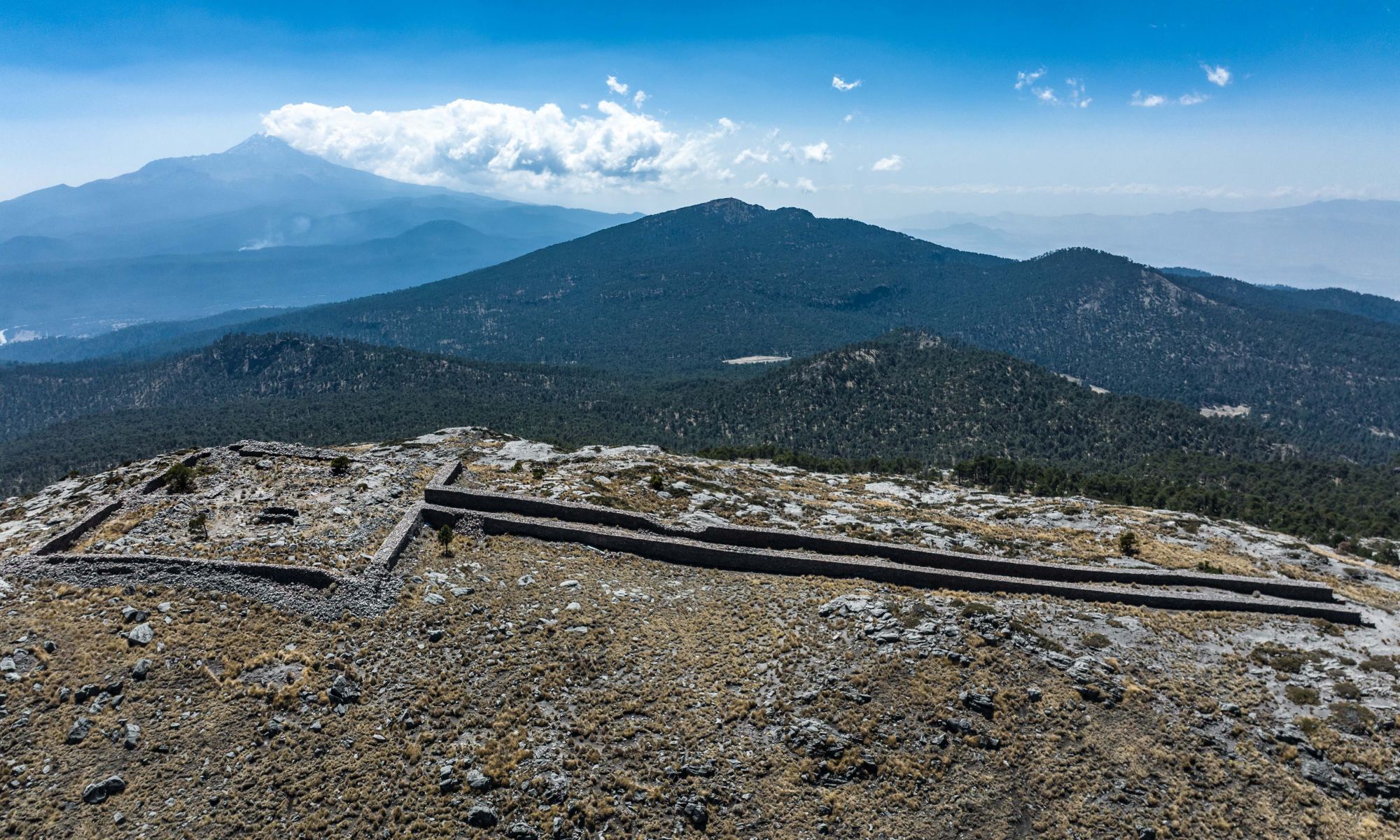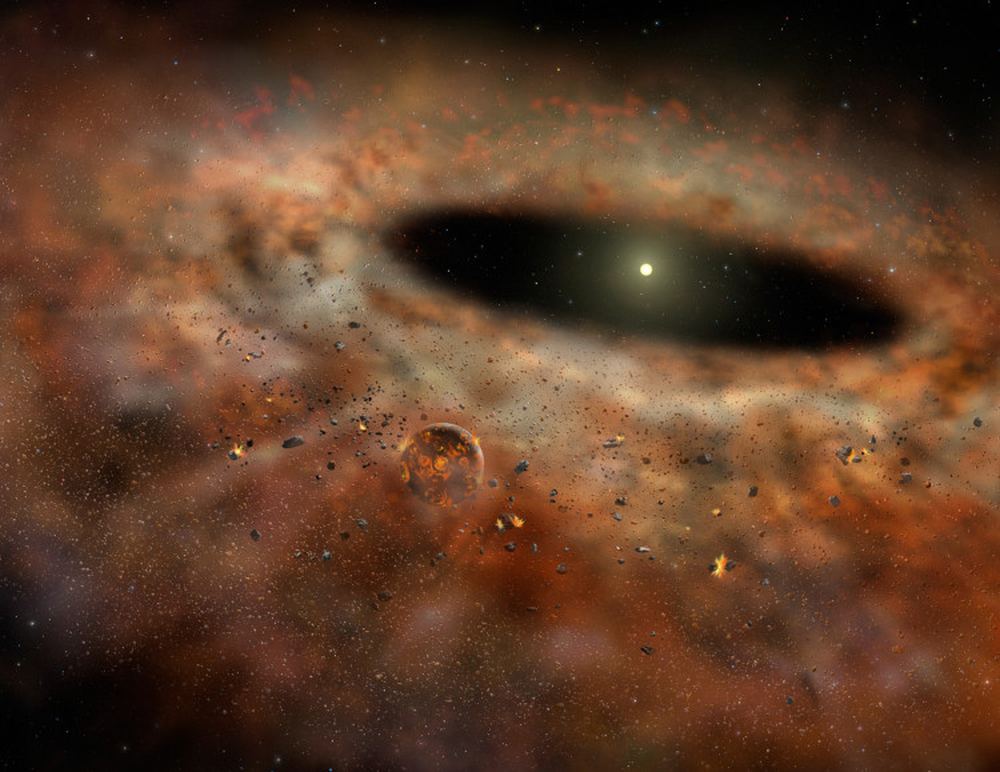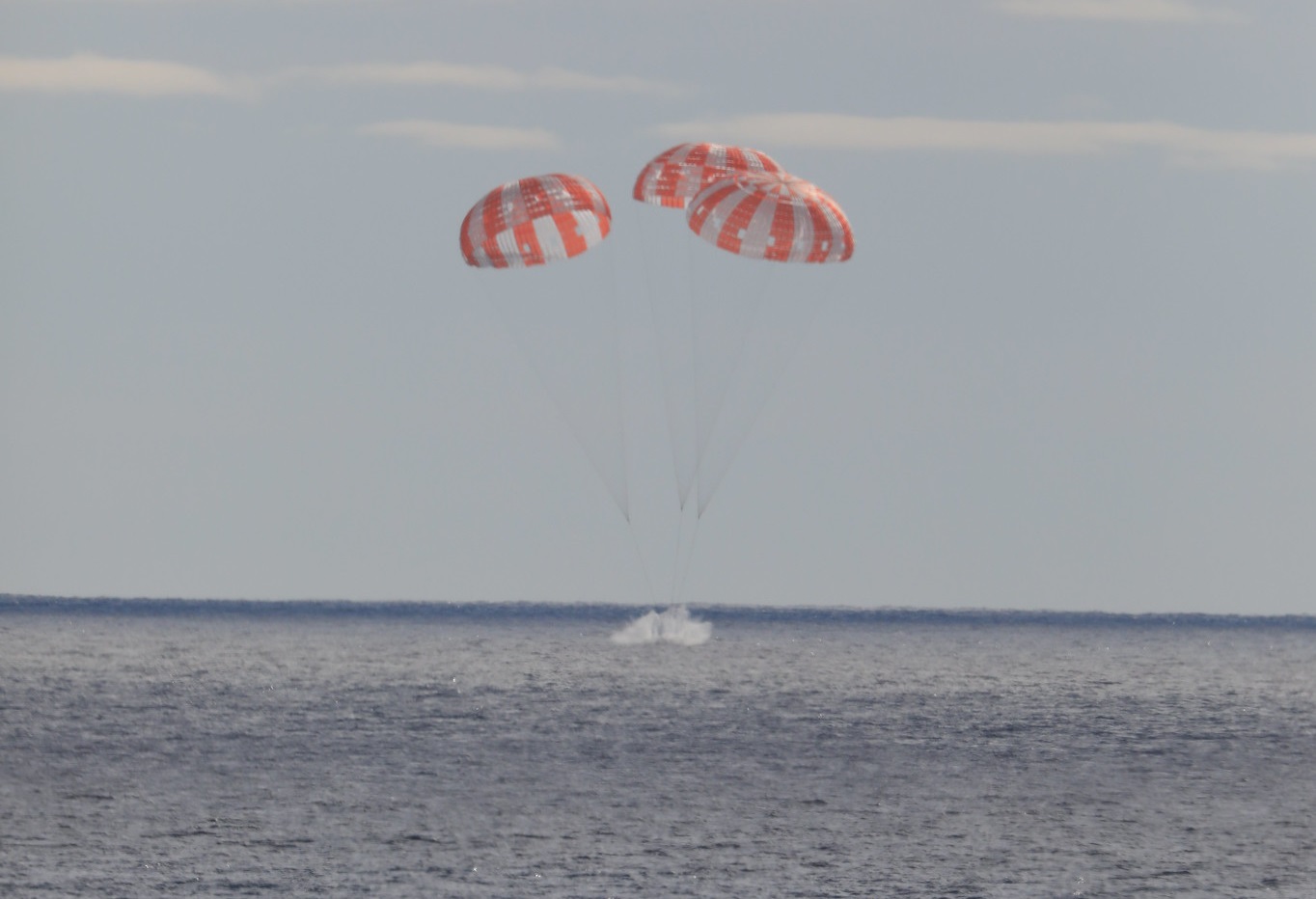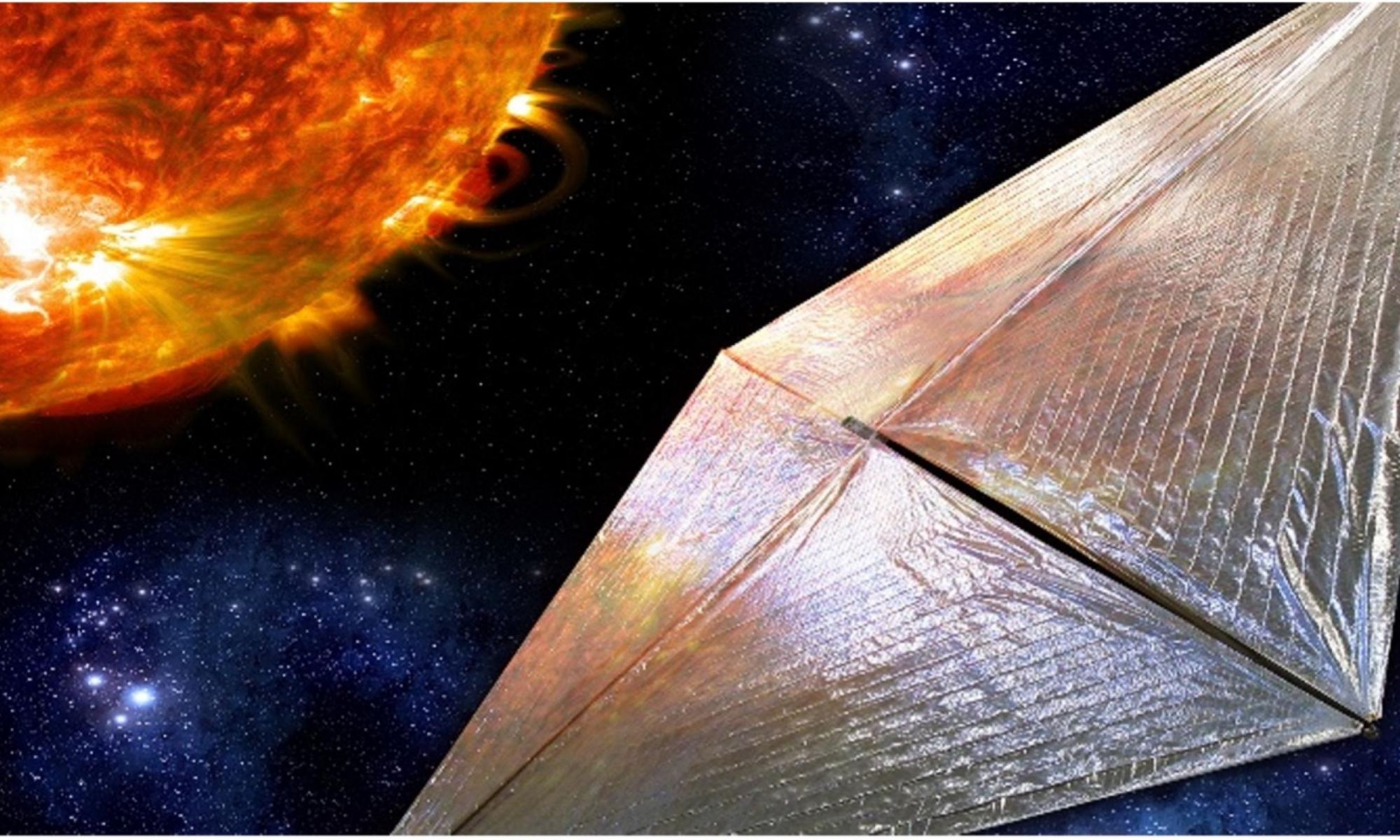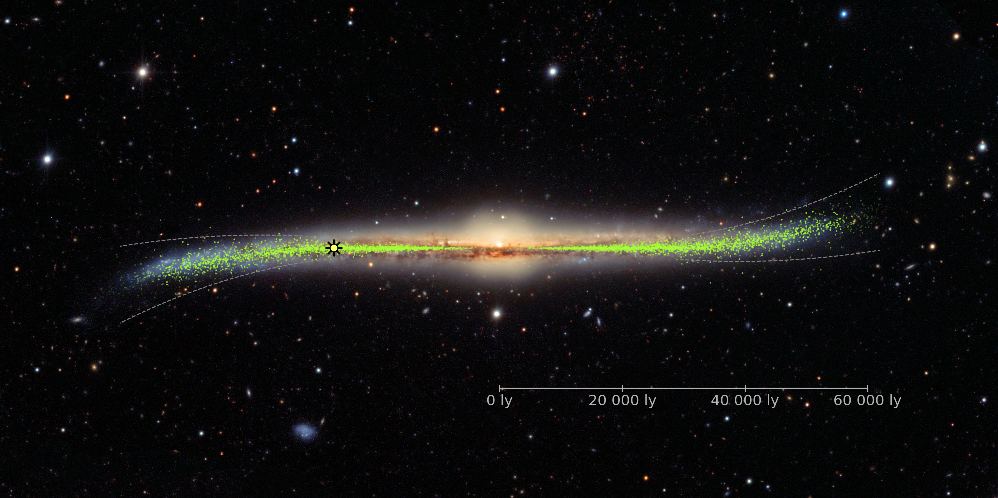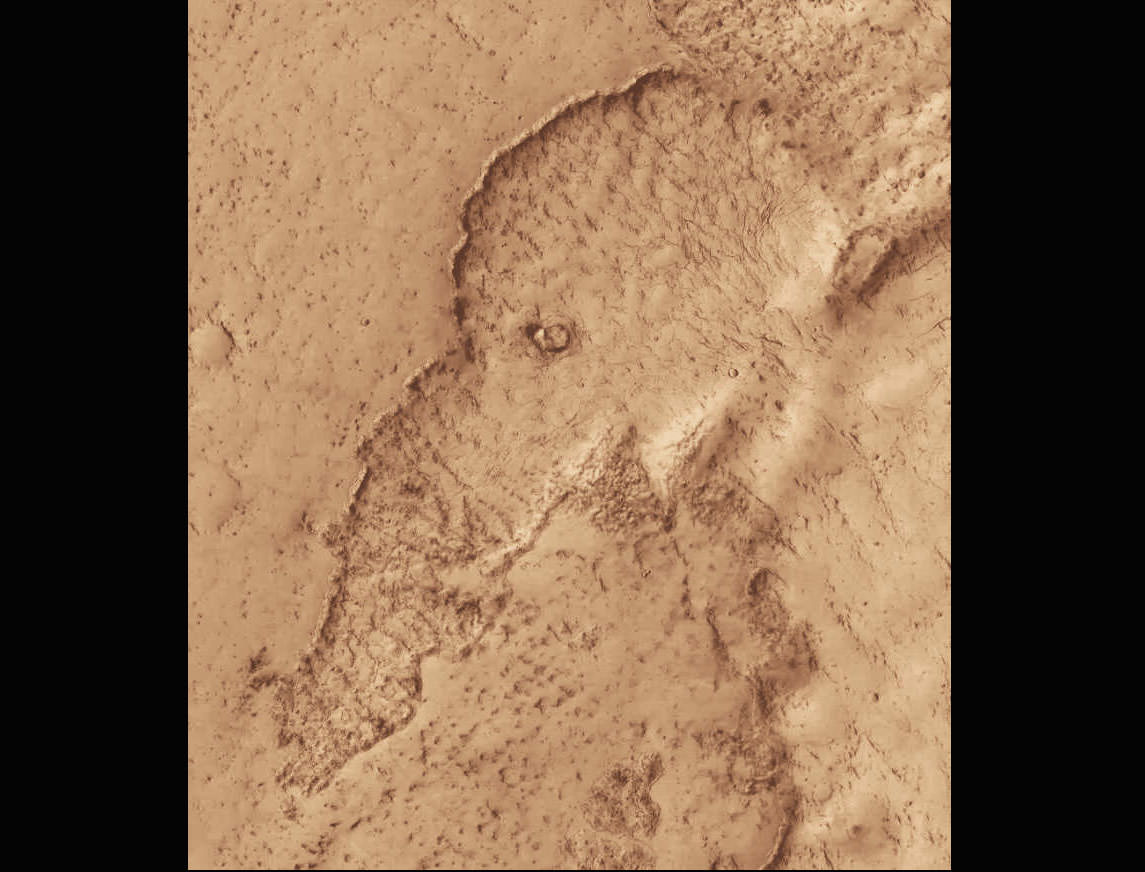Since it launched on December 25th, 2021 (quite the Christmas present!), the James Webb Space Telescope (JWST) has taken the sharpest and most detailed images of the Universe, surpassing even its predecessor, the venerable Hubble Space Telescope! But what is especially exciting are the kinds of observations we can look forward to, where the JWST will use its advanced capabilities to address some of the most pressing cosmological mysteries. For instance, there’s the problem presented by high-redshift supermassive black holes (SMBHs) or brightly-shining quasars that existed during the first billion years of the Universe.
To date, astronomers have not been able to determine how SMBHs could have formed so soon after the Big Bang. Part of the problem has been that, until recently, stars in host galaxies with redshift values of Z>2 (within 10.324 billion light-years) have been elusive. But thanks to the JWST, an international team of astronomers recently observed stars in quasars at Z>6 (within 12.716 billion light-years) for the first time. Their observations could finally allow astronomers to assess the processes in early quasars that governed the formation and evolution of the first SMBHs.
Continue reading “For the First Time, Astronomers Spot Stars in Galaxies that Existed Just 1 Billion Years After the Big Bang”
